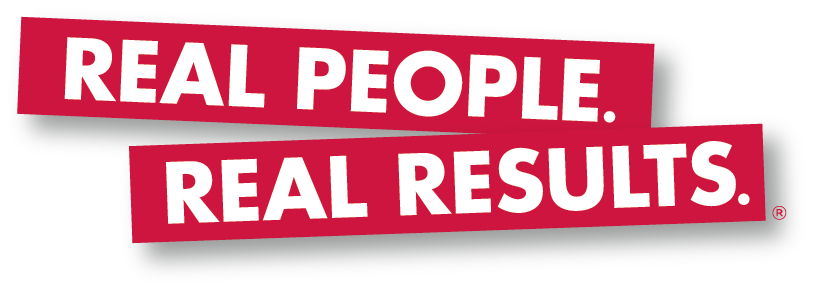Starting and operating a successful business requires an incredibly diverse set of skills and talents. It isn’t enough to be good at just putting a plan to paper, being a convincing salesperson, managing money and finances, or improving upon existing products and services. You have to have *all* of these skills under one roof in order to succeed! You alone will not have every one of these skills, which is why you need to hire people that will fill the gap. Leveraging all of these skills effectively is the key to creating wealth and value from your business.
With all of the above said, none of it matters if you can’t find your customer base. I’m sure you’ve heard somebody come up with a fantastic business idea and a plan to get it off the ground. These people work tirelessly to bring their idea to life, yet a lot of them assume that customers will simply show up at their doorstep. Reality gives us a different picture. Companies that have less-than-stellar products can experience great success, while those that come up with a truly innovative product never get off the ground. Take your average fast food business, for example. None of them serve food that would be considered passable in even a mid-level restaurant, yet the biggest fast food joints are multi-billion dollar corporations. Why? Because they found their customers. Their customers don’t want fancy food; they want something that is fast, cheap, and filling.
If you want your business to really get off the ground, you need to know who your customers are, find them, and make them loyal to your brand. By knowing your base, you can target their specific needs and wants, which will turn them into repeat customers. The following tips are some of the ways you can build your customer base alongside your business.
1) Know who you want your customers to be
When you start a business, the industry you enter will give you a rough idea of what your customers will look like – opening a restaurant attracts a different clientele than an electronics shop. The important thing to understand is that there is a significant degree of variation within industries; Neiman Marcus attracts a very different set of people than Macy’s. When you have settled upon the niche your business will occupy, you’ll then need to figure out what kinds of customers you want to attract. A business that is more specialized has fewer opportunities to attract prospective customers, but it also means that you’re faced with less competition. A computer repair store and a shop that specializes in repairing old/obscure game consoles is unlikely to experience much customer overlap.
When you open your doors, having a sense of who your customers will be will make it much easier to drum up interest in what you have to offer. A muddled message that targets no one in particular will do little to bring in business.
2) Consider the profile of the people that buy from you
Once you’ve obtained an idea of what your ideal customer looks like, you can then begin to hone in on attracting that particular demographic. While each customer is a unique person in their own right, certain demographics have overlapping tastes and behaviors. What kinds of products do they look for? What kinds of deals and promotions are they more likely to respond to? What kinds of clothes do they wear? What cars to they drive? If your goal is to attract people of a certain income level, find what goods and services they are more likely to purchase.
A good example of a business failing to consider the profile of their customers is in the disastrous launch of the Arch Deluxe. Branded as a more upscale, “adult” burger, the Arch Deluxe met with little positive reception upon its release in 1996. The people who frequented McDonalds (many of whom were children) did not care for a product that aspired to be better than fast food, despite actually being fast food. McDonald’s lost over 100 million dollars on the Arch Deluxe, and it has not attempted to brand any of its products as high-class since. A basic understanding of their customers would have led to a less ill-conceived idea.
3) Harness the power of analytics
The idea behind analytics has been around for some time, but only within the past ten years or so have small businesses begun to harness their power. Analytics is the statistical breakdown and analysis of data points for the purposes of formulating new strategies and approaches. Modern software allows you to track nearly every conceivable aspect of your customer’s behaviors – what they search for, what they ask for, how long they spend on pages, how much they click on certain links – all of this, and more, is revealed with analytics.
Analytics not only tell you what your customers are, but what they commonly look and search for. Analytics are commonly used by businesses that have found and secured their particular customer base, but they can also be used to get a better picture of what your first customers are like. Analytics give you pure data points; they do not tell you what to think, they only give you information. What you do with this information is up to you, but if you use it properly, you can give yourself a major advantage over your less-informed competitors.






